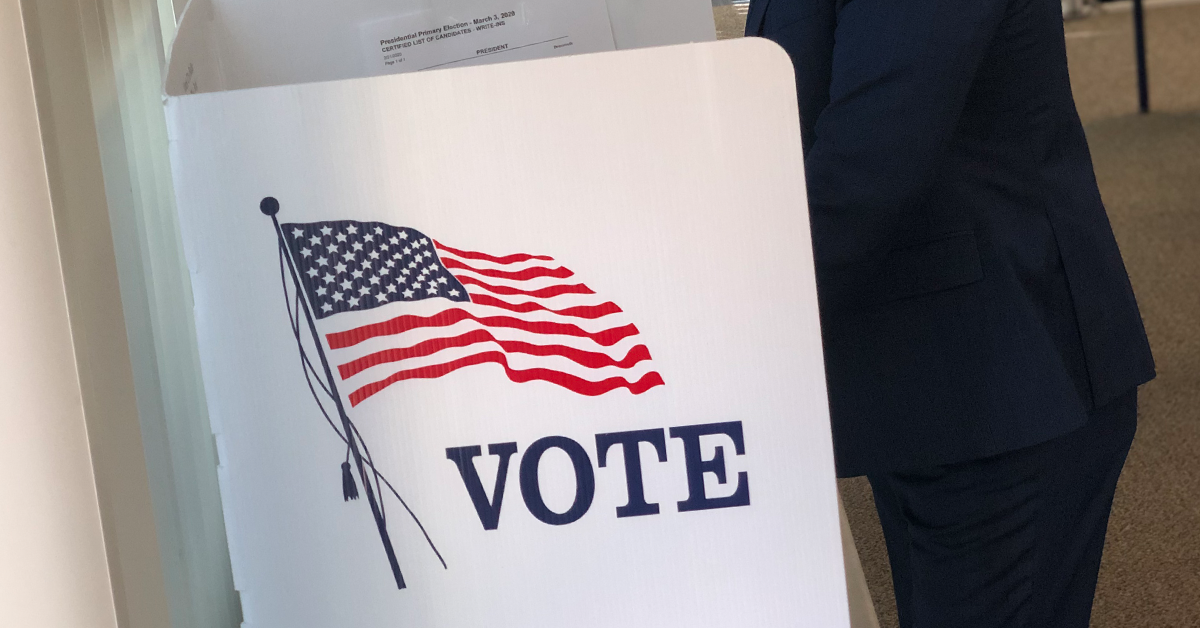Following Monday’s budget hearing, it appears that some officials at the City of Fresno hope to get on course for something of an economic moonshot.
And it appears that Federal CARES Act funding will serve as the rocket fuel.
During a brief afternoon session Monday, a surprising budget motion was presented by Fresno City Council members Garry Bredefeld and Mike Karbassi.
Bredefeld, who led much of the discussion, announced that he was “looking at ways to help folks in southwest and southeast Fresno that have been adversely affected by COVID-19.”
Their solution? A sweeping set of economic development policy planks dedicated exclusively to the southern portion of the city, financed with $30 million in the Federal coronavirus relief funds.
In the short-term, it throws more chaos into an already contentious budget process with the administration of Mayor Lee Brand.
In the long-term, it could single-handedly reshape the dynamics and geography of the city.
During his remarks, Bredefeld pointed to a U.S. Centers for Disease Control study that found minority groups faced a “disproportionate burden” from coronavirus.
“We also know many parts of our city – particularly southwest and southeast Fresno – have many needs that have gone unmet and, in some areas, don’t have even the basic infrastructure such as sidewalks, greenspace, clean air, developed neighborhoods,” Bredefeld said. “If we are to successfully address the adverse consequences of emergencies like COVID-19 in more vulnerable populations, then we have to provide the resources to improve the quality of life for our south residents.”
Bredefeld laid out a nine-point vision for doling out the Federal coronavirus aid funding for the southwest and southeast Fresno area:
- Improvements to technology and internet access infrastructure for remote learning and telework
- Build sidewalks, and improve streets and landscaping
- Provide tax incentives to attract major grocery chains to southwest Fresno
- Initiate more water and sewer infrastructure to facilitate increased residential home development in the area
- Build more parks, trails, and greenspace
- Restore and clean alleys
- Create more access to public transportation
- Eradicate adverse impacts to air and water quality
- Create more opportunities for business expansion
The proposal itself caught many onlookers surprised.
Bredefeld, representative of the city’s well-off northeast region, was a hard-nosed pugilist merely a year ago for road repair funds generated by California’s gas tax to be spent in his district.
Who are you and what have you done with Garry! https://t.co/wH7RaLmn9L— Sergio Cortes (@surgecortes) June 22, 2020
Can coronavirus funding be an economic cure-all? It depends.
The CARES Act, signed into law by President Donald Trump in late March, provided emergency relief funding to the broad spectrum of government – from states to cities to Native American tribes.
Underpinning the law is that funding would be utilized to respond to the coronavirus pandemic.
In guidance documents, the U.S. Treasury Department lays out the three primary spending requirements.
Spending must be limited to “necessary expenditures incurred due to the public health emergency with respect to the Coronavirus Disease 2019 (COVID–19),” they “were not accounted for in the budget most recently approved as of March 27, 2020,” and the expenditures were incurred between March 1 and December 30, 2020.
Bredefeld argued that – upon consulting the CARES Act spending approach taken by other cities along with unspecified lawyers – the impacts to Fresno’s minorities in the southern portion of the city generated a sufficient nexus to be utilized on the laundry list of economic development priorities.
The Brand administration, for its part, is skeptical of the nexus.
Underlying that skepticism is a worry that spending nearly one-third of Federal coronavirus aid funding on indirect community impacts could jeopardize the City’s funding – exposing potential penalties and legal action with the Federal government.
A drop in the ocean, or a necessary ripple effect?
The decision to dedicate a large chunk of one-time Federal money to reverse long-standing issues in south Fresno points to the City’s larger ambitions.
While $30 million in and of itself is likely to provide some level of improvement for south Fresno, it is unlikely to single-handedly deliver a sea change.
For starters, road and sidewalk repairs in south Fresno alone could run a tap upwards of $1 billion.
And that’s before touching on building and maintaining parks, a key issue in the 2018 election over Measure P, the failed, $1.1 billion dollar parks tax.
Yet, such the ambitious push by Bredefeld and Karbassi could lead toward greater changes down the line.
One potential turning point: an overhaul of Fresno’s development infrastructure.
In late 2019, Fresno City Councilman Luis Chavez pushed for a tear-down of the City’s general plan in the hopes of boosting new home production at market rates.
The push sputtered out by the conclusion of the year, but could easily be revived.
Such an overhaul would allow for Fresno to expand its footprint and slow what Chavez described as the “wealth drain” to other Fresno County cities and Madera County.
Both southeast and southwest Fresno have figured into long-range planning to expand the City of Fresno’s physical footprint and geographic influence.
To the east sits the long-sought Southeast Growth Area (SEGA), anchored by the currently under development Fancher Creek Town Center shopping center.
And to the west sits the West area, an untapped haven of affordable homes and economic hubs, bound by the humming traffic of Highway 99.
In his own remarks, Karbassi noted how the initial gambit of turning coronavirus funds into a bid for suburban renewal serves as a key consideration.
“We need to fundamentally shift the conversation about how we grow our community and create renewed economic opportunities so that all residents are afforded opportunities to work, play, and grow happily and healthily,” he said.
$30 million in Federally-provided seed money could prove to be such a fundamental shift.










